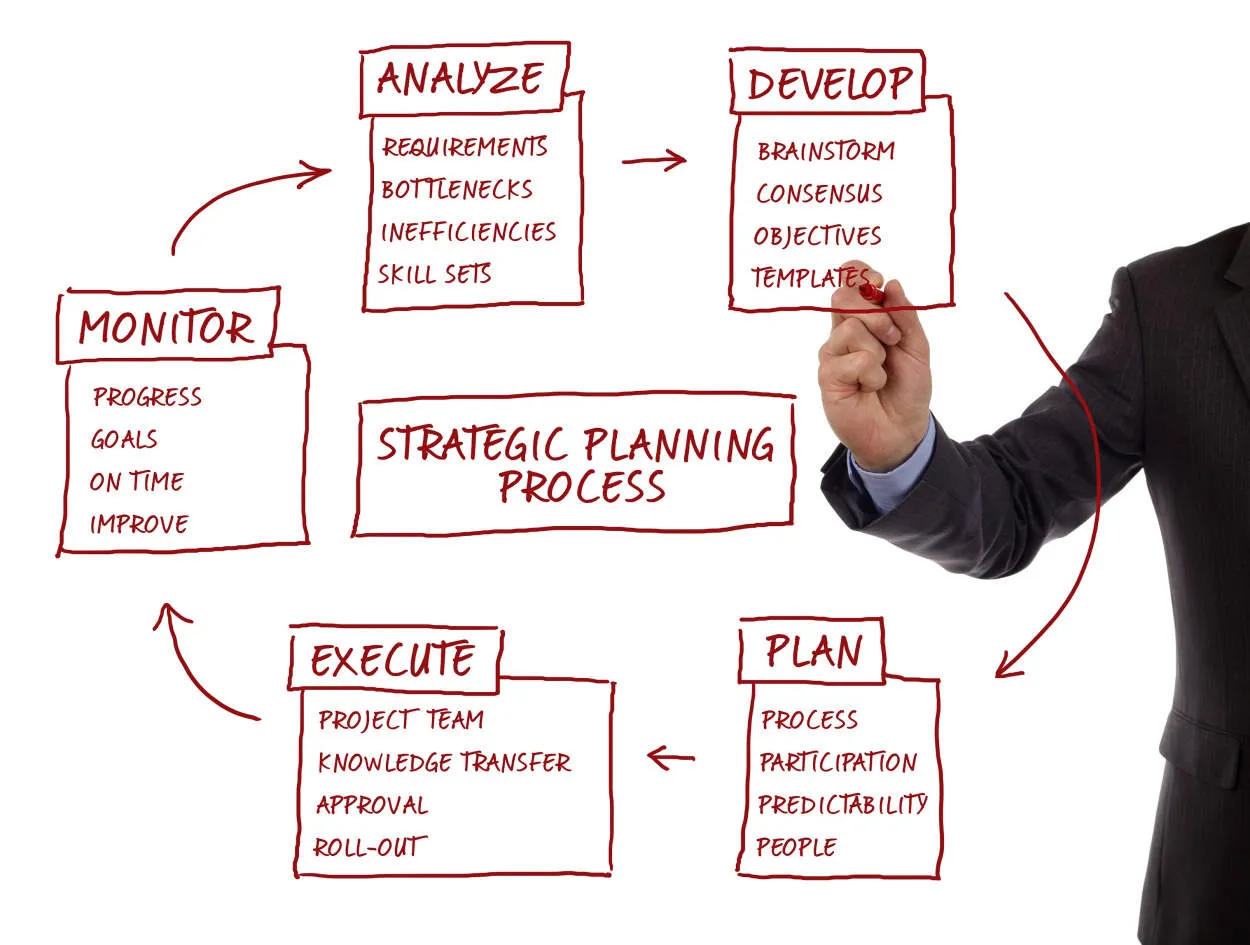In today’s fast-paced business world, effective project management is crucial for organizations to stay competitive and achieve their goals efficiently. In this article, we will discuss various strategies that can help businesses improve their project management processes, ensuring successful outcomes and maximizing their overall productivity.
Setting Clear Goals and Objectives for Project Success
Effective project management is crucial in ensuring the success of any business endeavor. One of the key elements in achieving this success is setting clear goals and objectives for your projects. By clearly defining what you want to achieve, you provide a direction for your team and increase their chances of completing the project successfully.
Why Set Clear Goals and Objectives?
Clear goals and objectives provide focus and clarity to both the project team and stakeholders. They serve as a roadmap and set the tone for the project. When everyone understands what needs to be accomplished, it becomes easier to track progress, make decisions, and allocate resources effectively.
The Benefits of Clear Goals and Objectives
1. Improved Communication: When goals and objectives are clearly defined, communication among team members and stakeholders becomes more efficient. Everyone is on the same page, reducing misunderstandings and conflicts.
2. Enhanced Motivation: Clear goals and objectives provide a sense of purpose, motivating team members to work towards a common target. This boosts productivity, job satisfaction, and overall project performance.
3. Better Decision-Making: With clear goals and objectives in place, decision-making becomes more streamlined. It becomes easier to evaluate options and choose the best course of action that aligns with the project’s objectives.
4. Increased Accountability: When goals and objectives are clearly defined, it becomes easier to hold individuals accountable for their tasks and responsibilities. This fosters a culture of ownership and ensures timely completion of project deliverables.
Tips for Setting Clear Goals and Objectives
- Be Specific: Clearly state what you want to achieve, including measurable targets and deadlines.
- Align with Business Strategy: Ensure that your project goals and objectives support the overall strategic objectives of your organization.
- Involve Stakeholders: Consult with key stakeholders to ensure that their expectations are considered when setting goals and objectives.
- Break it Down: Divide larger goals into smaller, manageable objectives to make them more attainable.
- Regularly Review and Update: Continuously review and update your goals and objectives as the project progresses and circumstances change.
In Conclusion
Setting clear goals and objectives is paramount for successful project management. It provides focus, improves communication, enhances motivation, facilitates decision-making, and increases accountability. By following the tips mentioned above, you can ensure that your projects are set up for success right from the start.
Collaborative Planning and Communication for Efficient Project Execution
In today’s fast-paced business environment, effective project management is crucial for the success of any organization. A key aspect of successful project management is collaborative planning and communication. By ensuring that everyone involved is on the same page and working towards a common goal, projects can be executed efficiently and with minimal confusion or setbacks.
One strategy for effective project management is to establish clear objectives and goals from the start. This allows the entire team to have a clear understanding of what needs to be accomplished and helps to focus efforts in the right direction. By involving all stakeholders in the planning process, you can ensure that everyone’s perspectives and expertise are considered, leading to more well-rounded and informed decisions.
Another important aspect of collaborative planning is the allocation of resources. By properly assessing and allocating resources, such as manpower, budget, and equipment, you can avoid unnecessary delays or bottlenecks in the project. Regularly reviewing and adjusting resource allocation throughout the project ensures that resources are utilized efficiently and that any potential issues are addressed promptly.
Effective communication is vital for the smooth execution of any project. Regular and open communication channels should be established among team members, stakeholders, and clients. This allows for the exchange of ideas, updates on project progress, and the identification of any potential challenges early on. Utilizing various communication tools and technologies, such as project management software, video conferencing, and collaborative platforms, can facilitate effective communication and collaboration, especially in remote working environments.
In addition to communication, ongoing monitoring and evaluation are essential to ensure project success. Regularly tracking progress, identifying and addressing any deviations from the plan, and making necessary adjustments are key to keeping the project on track. By leveraging project management techniques, such as milestone tracking and performance metrics, you can gauge the project’s progress and make informed decisions to ensure its successful completion.
In conclusion, collaborative planning and communication play a vital role in ensuring efficient project execution. By establishing clear objectives, involving all stakeholders, allocating resources effectively, and maintaining open lines of communication, projects can be managed effectively and delivered successfully. With the right strategies in place, businesses can achieve their project goals and drive continued success.
Conclusion
In conclusion, adopting effective project management strategies is crucial for successful business operations. By implementing clear communication, setting realistic goals, and utilizing efficient tools, businesses can streamline their project processes and achieve desired outcomes. Ultimately, effective project management drives productivity, fosters collaboration, and improves overall business performance.




